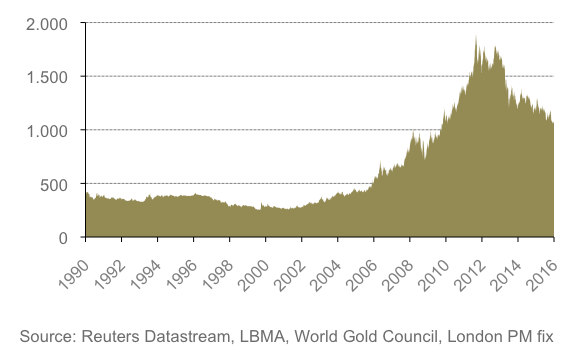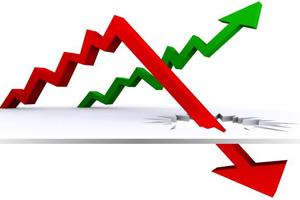The competitiveness of the country’s export is
determined by the trade weighted critical real effective exchange rate in the
international market. The real effective rate exchange rate may even depreciate
when the nominal exchange rate is falling down. The best example is that of an
appreciation of Pak Rupee in terms of US dollars from 100 to 105.
Hence we can say, the competitiveness of a
country’s trade may take worst situation even when the nominal value of the
country’s currency is lost.
The data of State Bank of Pakistan shows that since
2010, country’s trade weighted nominal exchange rate (NEER) has depreciated by
7%. During the same period of time, Real Effective Exchange Rate (REER) has
appreciated by 23% till January 2016. Over the last two years the appreciation
in REER has been much more noticeable. This is the time period that coincides
with the continuous decline country’s exports.
Exports of Pakistan have dropped in terms of dollar
by 14.4% during the first half of the fiscal year 2016. The result is further
worsening of balance of trade by 4.3%.
There have been numerous reason behind such
structural reasons. Energy crisis can be jotted down on top of the list that
has adversely affected the export growth. The recent back fall has been faced
due to the loss of competitiveness of the domestic prices in the international
market.
Unfortunately very less attention has been paid to
the dynamics of exchange rate as a source for poor performance of the exporting
sector. The composition of the export basket and entire structure of the
economy has made the overall REER more vulnerable.
At the same time, with appreciation in REER
appreciation, the total import demand has been increased due to the relative
decline in the import prices. The data of State Bank of Pakistan suggests that
the imports of Pakistan have been sharply increased in terms of US dollars
since fiscal year 2013.
The REER of Pakistan has appreciated between fiscal
year 2014 to 2015 from 5.6% to 8.8%. This has put worst impact on
competitiveness of the local products. With inflation rate set as target by
State Bank of Pakistan below 6%, devaluation of the currency can be one of the
solution to achieve set inflation target through demand and cost effect.





